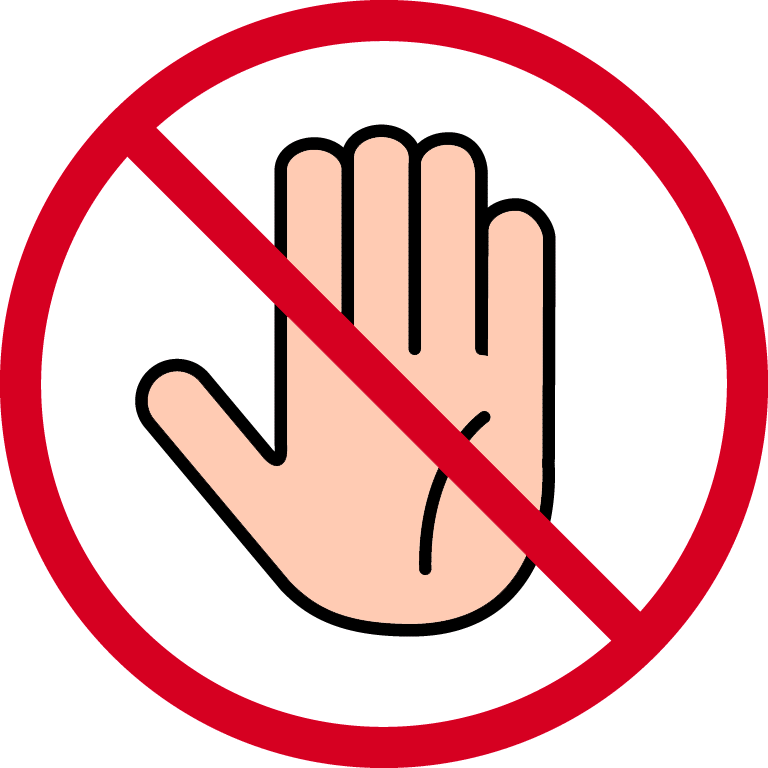When it comes to the practice of incentivised reviews, Mr Tan advocated for a lighter touch rather than an outright ban.
For example, businesses and customers could mark the reviews as incentivised or sponsored, perhaps by using a hashtag as an indication.
“The labelling should be clear enough for someone reading to know that there is an incentive involved. And it should be made a standard that is expected from all brands and reviewers.”
Agreeing, senior lecturer Leung Sau Yee from Singapore Polytechnic's School of Business said that when it comes to incentivised customer reviews, “it takes two hands to clap”.
“While businesses can be dangling carrots for glowing reviews, consumers are ultimately the ones who decide whether or not to provide authentic reviews.”
Ms Leung also said that customer reviews are a “double-edged sword”. They may provide valuable insight into the brand, but they are based on consumer perception, which is subjective and “sometimes biased”.
“It is also inevitable that some of the reviews may not be fully authentic due to a variety of reasons, from businesses providing incentives for five-star reviews to family and friends of businesses wanting to show support.”
On the offering of freebies specifically for five-star reviews, she said that it can be an unfair practice.
Ms Felicia Wee, the course chair in marketing at Temasek Polytechnic's School of Business, said that ethical marketing must be grounded in principles of honesty and transparency.
She advised consumers to exercise judgement when it comes to trusting online reviews.
“Look at the volume of reviews. A business with many reviews generally provides a more reliable overall picture than one with just a few," she said.
She also suggested checking the date when the reviews were posted. This is because a business can change over time, so recent reviews would be more indicative of the current experience offered.
“Likewise, evaluate the reviewers’ profiles to determine their credibility.
"And if many people mention the same issue or heap praise on the same aspect, it is more likely to be accurate.”












